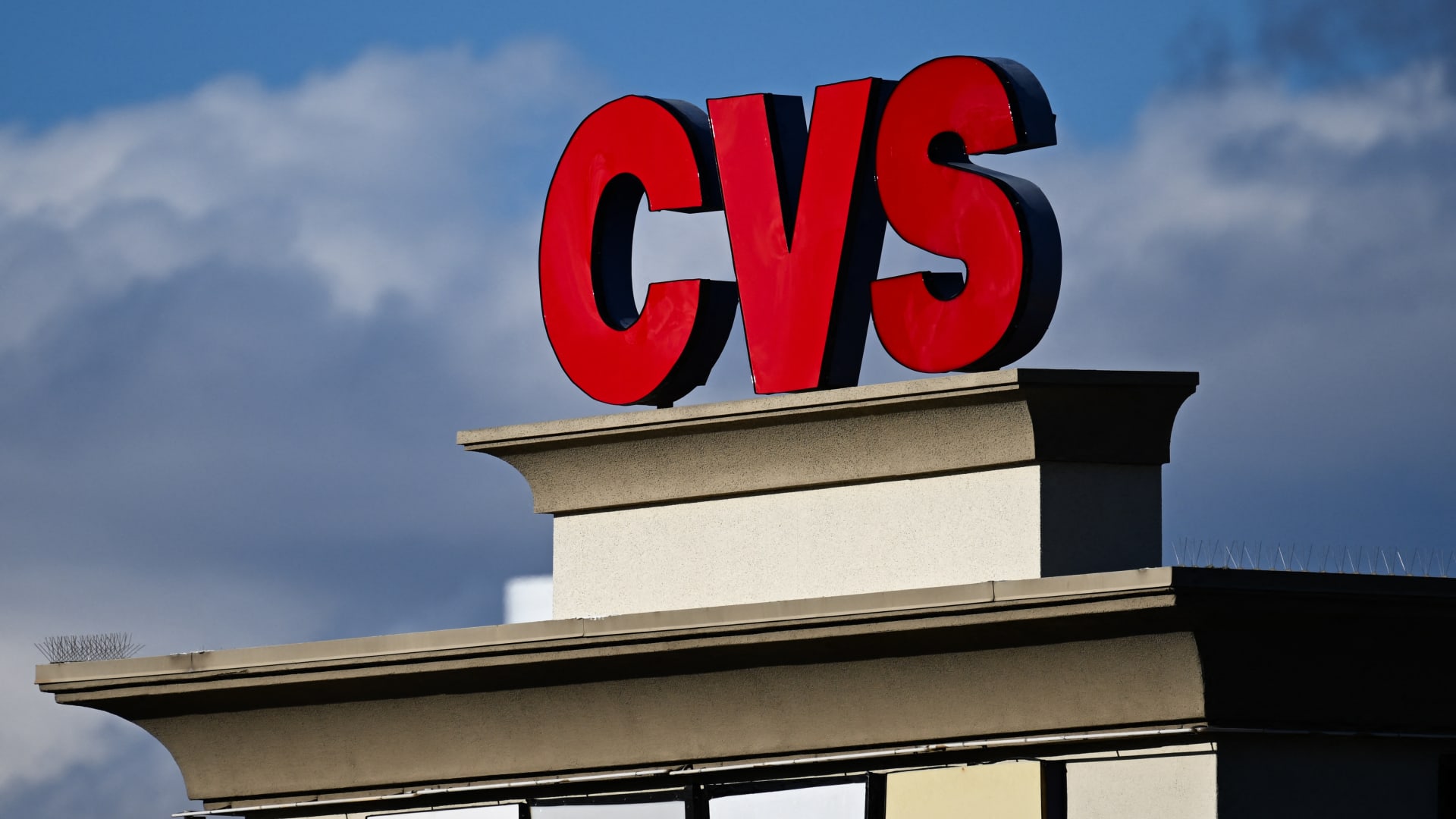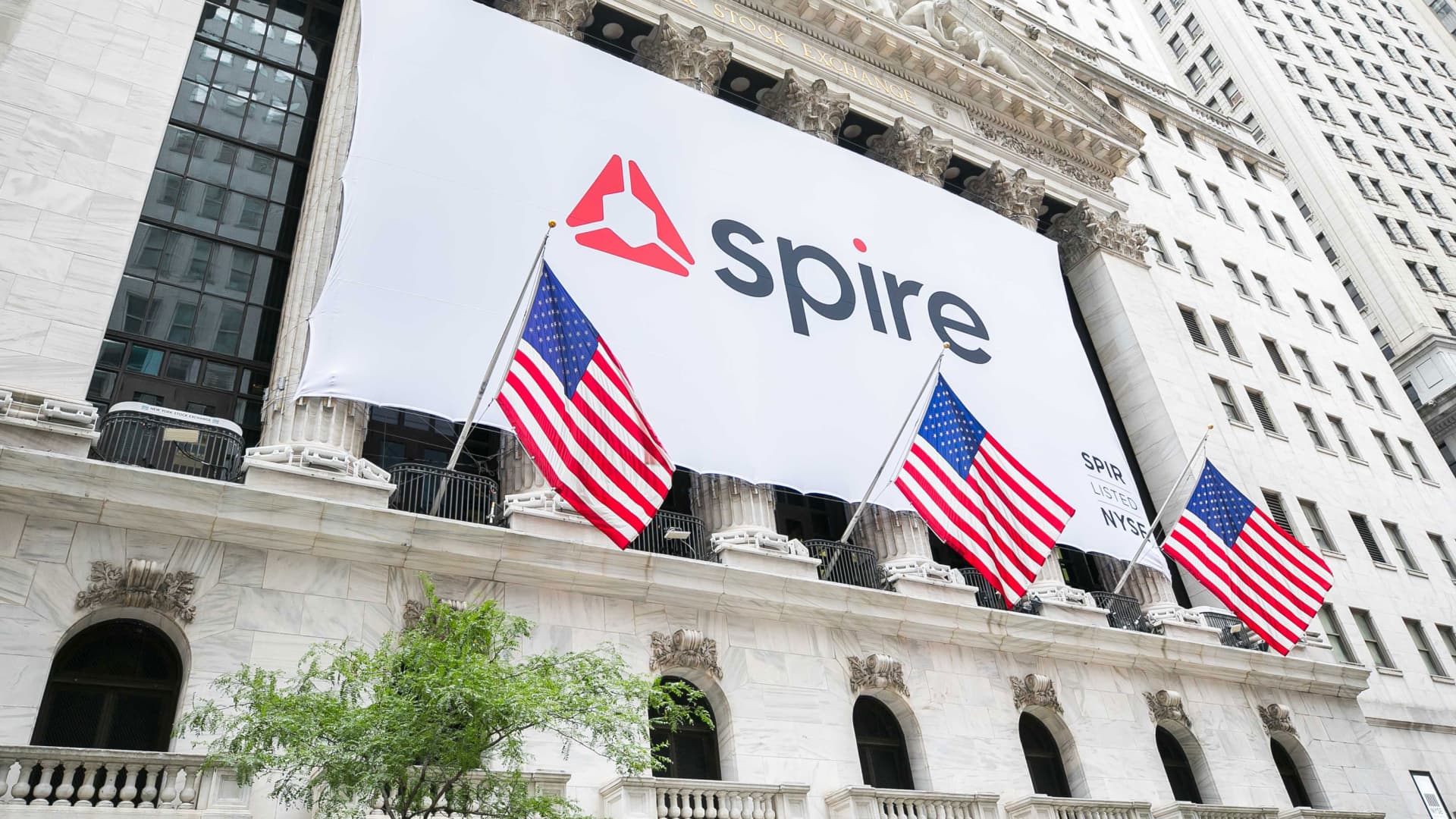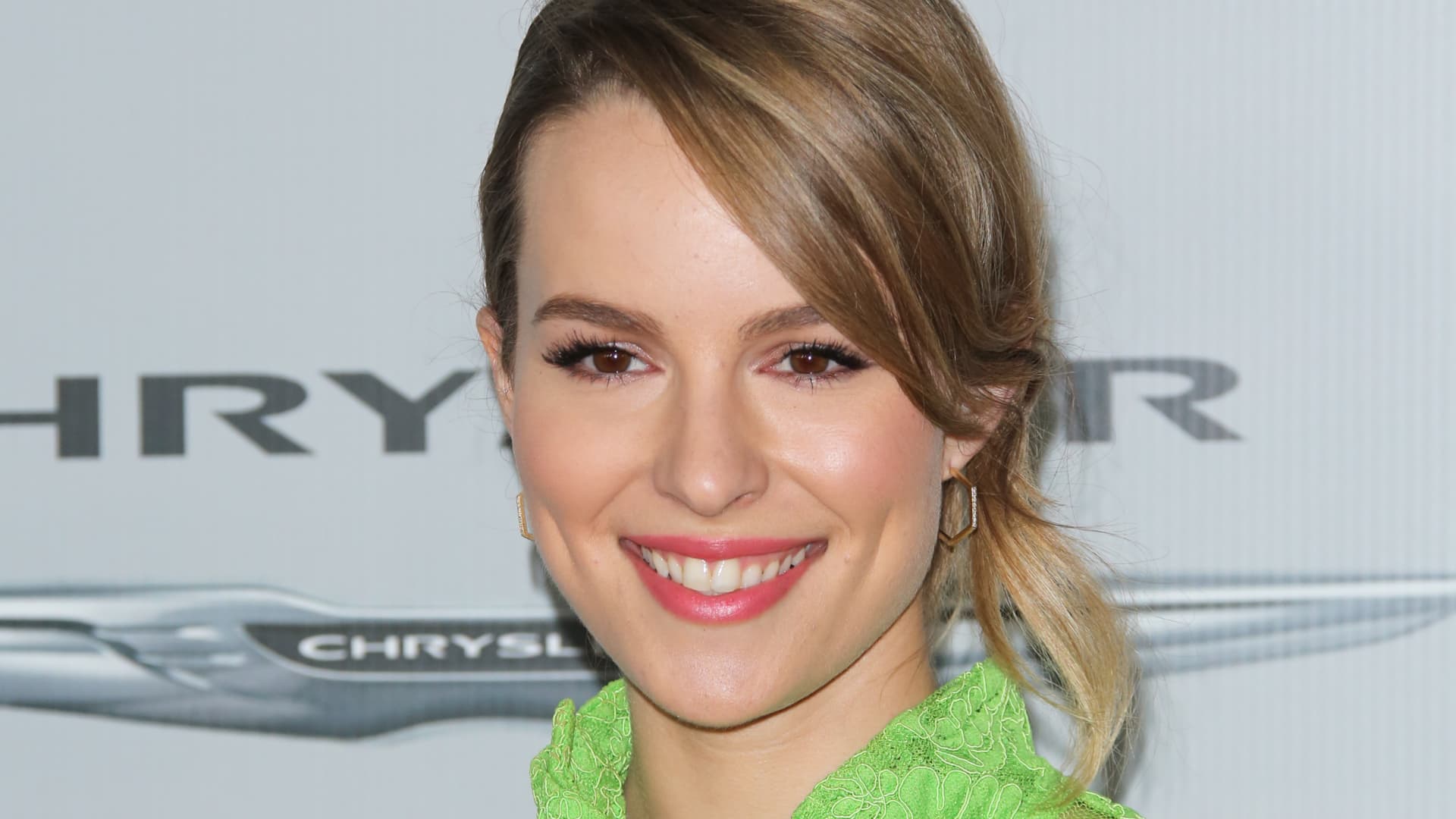Abercrombie & Fitch said Wednesday that sales rose 21% in the holiday quarter and profit rose thanks to higher prices and lower raw material costs.
The clothing retailer expects its growth story to continue as it provided better-than-expected sales guidance.
Here’s how Abercrombie performed in its fiscal fourth quarter compared to Wall Street’s expectations, based on an analyst survey from LSEG, formerly known as Refinitiv:
- Earnings per share: $2.97 vs. expected $2.83
- Revenue: $1.45 billion vs. expected $1.43 billion
The company’s reported net income for the three-month period ended Feb. 3 was $158.4 million, or $2.97 per share, compared with $38.33 million, or 75 cents per share, a year earlier .
Revenue rose to $1.45 billion, up about 21% from $1.2 billion a year ago.
For the current quarter, Abercrombie expects revenue to increase in the low double-digit percentage range, compared to estimates of 7.2%, according to LSEG. For the full year, LSEG said revenue growth is expected to be between 4% and 6%, compared to estimates of 4%.
Chief Financial Officer and Chief Operating Officer Scott Lipesky said in a call with analysts that he expects second-half growth to be more subdued compared to the first half.
“While we expect growth in both the first and second halves of the year, we expect the growth rate to be higher in the first half of the year, due in part to calendar shifts beginning in the 53rd week,” Lipesky said. “We expect an operating margin of around 12% for the full year.”
During the quarter, comparable sales increased 16% and gross margin was 62.9%, 7.2 percentage points higher than the same period last year. Higher average selling prices and lower freight and raw material costs increased profits. According to StreetAccount, analysts had expected Abercrombie’s gross margin to be 60.1%.
Lipesky noted that cotton costs in the quarter were “relatively consistent” with 2022 levels. Going forward, he expects these lower input costs to result in a “modest” improvement in gross margin. However, the ongoing benefits of lower freight costs are expected to be offset by supply chain bottlenecks in the Red Sea.
“For us, this primarily impacts the European market. A large proportion of deliveries take place via this area. Our teams read, responded and changed modes whenever necessary to get the product here at the right time and at the best price,” Lipesky said.
“Obviously we’ve seen – you’ve seen this, you’ve seen shipping costs go up around the world when this happened, a little bit different depending on the route,” he added. “So we’re seeing some tension there with shipping costs. This will be more of a second quarter kind of second half as the higher shipping costs start to trickle through.”
CEO Fran Horowitz said the company’s strong fourth quarter was due to growth “across regions and brands.”
“Abercrombie brands increased net sales by 35%, continuing an impressive multi-quarter growth trend, while Hollister brands increased 9%, achieving their third consecutive quarter of sales growth,” Horowitz said.
“By staying close to our customers, maintaining strict inventory control and continuing financial discipline, our team was able to achieve an 800 basis point year-over-year operating margin increase to 15.3% in the fourth quarter,” she continued.
For the full year, Hollister brands, which include Hollister and Gilly Hicks, grew 6%, compared with a 9% decline in the year-ago period.
“While we saw growth in both channels, stores outperformed digital, with approximately 70% of Hollister sales occurring in stores in 2023. The youth consumer tends to start their journey digitally, but more often ends in-store,” Horowitz said.
At Gilly Hicks, the company has been working to shift its range from lingerie and loungewear to a more active lifestyle brand. Horowitz said the company still views Gilly Hicks as an “important growth category” for the overall business, but plans to prioritize Abercrombie and Hollister in the near term due to the brands’ higher returns. That means bringing Gilly Hicks under the Hollister umbrella, something the company has been doing for some time, and closing most of its stores.
Horowitz said the company’s focus in the coming year is to expand its global customer base and move closer to its long-term goal of $5 billion in annual global sales. In fiscal 2023, Abercrombie came close to that goal, posting full-year sales of $4.28 billion.
Once known for its heavily perfumed shopping malls and shirtless models, Abercrombie has evolved into an inclusive lifestyle brand, trading in bold logos for quieter, more sophisticated styles suitable for a variety of occasions and ages.
With Horowitz at the helm, Abercrombie has redefined itself to the public, leveraging the power of social media marketing and an army of influencers to attract a new generation of customers and win back millennials who grew up with the brand.
Wall Street is pleased with the transformation that began in earnest last year. At the beginning of 2023, the stock was trading at around $23 per share and by the end of the year it had risen almost 283% to $88.
As of Tuesday’s close, the stock is up about 59% so far this year.
As Abercrombie prepares to face tougher year-over-year comparisons in the coming quarters, it remains optimistic.
In early January, Abercrombie raised its outlook for the fourth quarter and full year after holiday sales came in better than expected. The company expected mid-teens net sales growth and an operating margin of about 15% for the fiscal fourth quarter, compared with a previous forecast of low double-digit sales growth and a margin range of 12% to 14%.
At the time, Horowitz said that Abercrombie & Fitch’s women’s business was expected to post its highest sales ever in the fourth quarter. She added that sales in the men’s business, a growth driver for the company, also increased. Horowitz added that the company’s Hollister brand is on track for higher profits as it focuses on better merchandising and inventory management.
As investors look beyond the holidays and into the spring and summer, they will be watching to see whether Abercrombie can continue to grow as consumers become increasingly cautious, especially when it comes to discretionary purchases like clothing.
Read the full earnings release here.
Correction: Abercrombie’s fiscal fourth quarter ended February 3. An earlier version incorrectly stated the date.
Don’t miss these stories from CNBC PRO:
Source link
2024-03-06 19:32:32
www.cnbc.com














